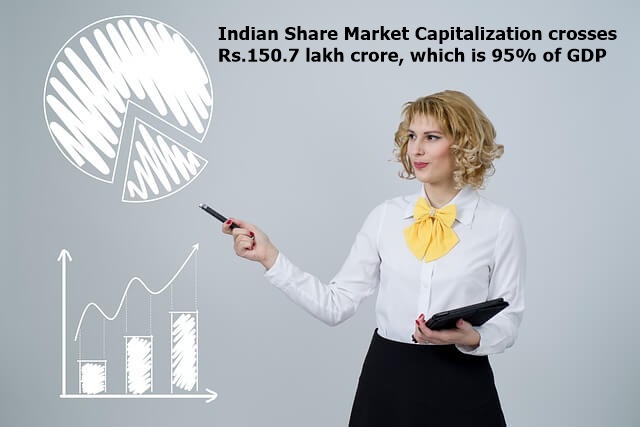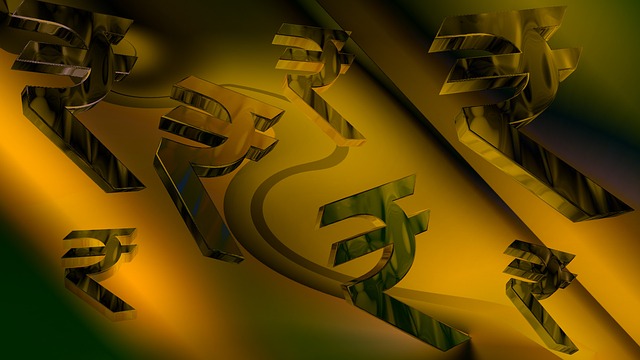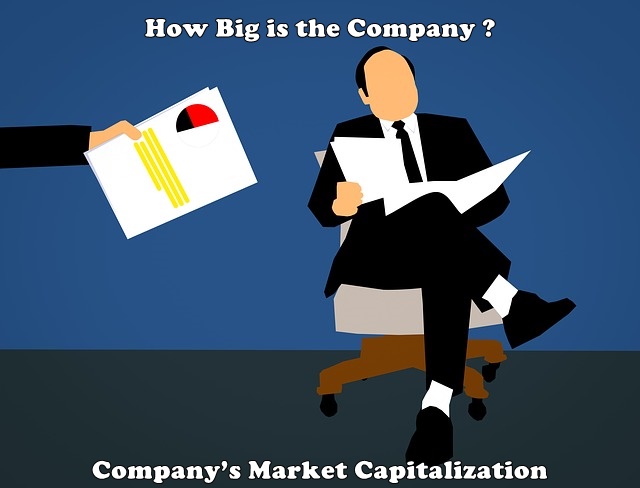Indian Share Market Capitalization 2018
Indian Share Market Capitalization crosses Rs.150.7 lakh crore, which is 95% of GDP (on a trailing four-quarter basis) as on 2018 year.
The Market Capitalization to GDP ratio was 72% on previous year. There are almost 22 stock Exchange in our Country but the most famous and traded Exchange is NSE (National Stock Exchange) and BSE (Bombay Stock Exchange). Bombay Stock Exchange is 11th largest Stock exchange in the world and National Stock Exchange is the 12th Largest Stock exchange in the World by its large Capitalization and Daily turnover of Trades of both equity and derivatives trading.

Trading on the Indian Market takes place on all weekdays Monday to Friday except Government Holidays.The Normal Trading Market Hours Opens at 09:15 AM and Closes at 03:30 PM. There is also Pre-market hours from 09:00 AM to 09:15 AM where we can trade Only 50 stocks of the NIFTY index on both NSE and BSE Exchange, and Both Market Orders and Limit Orders are allowed, but there is one condition that for the first 8 minutes from 09:00 AM, we are allowed order of entry, modification and cancellation. After 8 minutes times at 09:08 AM there will be no further Modifications allowed till the Normal Market opens at 09:15 AM.

Market Liquidity: Market liquidity is when Buying and Selling have very fewer effects on assets or any other securities Price. The buying and selling are so fast and it squared-off faster, because of this Price are always Stable, the stock is also said to be a Liquid Stock, which has a large number of traders constantly buying and selling the particular securities. When the spread between the bid and ask prices is less, the market or the particular Stock price becomes Liquid. Money is the only Liquid assets which can be sold for Goods and Services without having the loss in Value. Money can be used immediately to perform actions like buying, selling, paying the debt or immediate wants and needs for any other expense. When a less liquid asset is exchanged for a more liquid asset is called liquidation. When stock prices rise, it is said to be due to high levels of liquidity on household and business Consumption and demand of Equity Investment rises Significantly.
Face Value: Face value is the fixed Nominal or Par value of the Securities Price certificate stated by the borrower (Company). The company is the issuer of Shares, if the Company issues 1000 shares quantity in the market and the cost of each is 10rs, then 10rs is said to be a face value of the company. The face value of a share doesn’t change when introduced in Market.
Market Value: Once the Stock issued and is traded in Secondary Market and its price fluctuate, the market is traded on its current price always is said to be Market value, In a simple term, Current price is Market value.
Company’s Market Capitalization

Market Capitalization is the Total valuation of the company based on its current share price and the total number of outstanding stocks. It is just value of a company that is traded on the stock market and is calculated by multiplying the total number of shares by the current share price. It represents the Size of the Company. It is also categorised by ranking the companies to its Networth and Holding Values. Whole Market Capitalization is divided by Large Market Capitalization (Large Cap), Medium Capitalization (Mid Cap) and Small Capitalization (Small Cap).
(i). Large Cap: Companies stocks with a market cap of Rs 10,000 crore or more are large cap stocks. These are usually huge, well-funded and established companies that have a strong market presence and are generally considered as safe investments. Large caps companies information is readily available in Business TV News, Newspapers, Online Ads and Magazines. Most of the large cap companies have good disclosures of its actual Valuation and therefore there is open information for an investor looking into them. Large Cap companies can give good returns in long term with less or no risk.
(ii). Mid Cap: Companies stocks with a market cap between Rs 2 crore to Maximum 10 crore are mid-cap stocks. Mid caps comes between large cap stocks and small cap stocks. These represent mid-sized companies that are relatively riskier than large cap as investment options yet, they are not considered as risky as small cap companies. Sometimes there is uninformed information of Particular Mid-cap companies is very hard to do Fundamental Analysis on it, Companies like these are not much transparent and the result is a Risky decision, on some important parameters like size, revenues, employee, future contracts, expansions and client base of the company. Mid Cap companies can give good returns with less or more risk. Many companies in Mid-cap can give higher returns in long run.
(iii). Small Cap: Companies stocks with less than Rs 2 crore market cap are small cap stocks. There is always the misconception that Small caps Companies is hazardous or Quick rich stocks having high return with risk. However it is untrue, every stock traded in the Secondary market have a risk, whether it is Large, Medium or Small caps. Small cap companies have smaller revenue, employee, future contracts, expansions and overall clients, and usually small caps are the start-ups or companies in the early stage of development or developing Companies. This is considering that a lot of small companies do not have the financial wealth to survive in bad times and some companies might be mismanaged businesses run by greedy promoters, Bankers and Institution. Small caps company can give you much higher returns on less investment, but it is highly risky than Large and Mid-Cap Companies.
For more information about the course visit:

